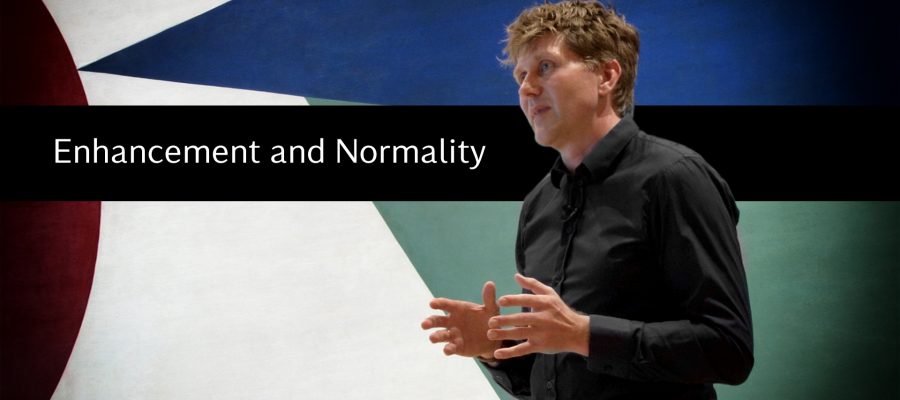Normality and Enhancement
Mads Rosendahl Thomsen
In this lesson we zoom in on one of the most pressing concerns of critical posthumanism, namely the contradiction between an accelerating diffusion of enhancement technologies and a shrinking category of normality. The most common way of thinking about a posthuman future is the enhanced human being (long life, better intelligence etc.), which also embodies the ethical contradiction between enhancement and therapy. However, what would probably happen sooner is a gradual shrinking of normality, already apparent in genetic offspring information, increased selection and the burden of the individual trying to adjust to the narrowing confines of normalcy. By looking back at Mary Shelley’s Frankenstein, we question the narrowness of the normal, the ethical implication of aesthetic views and, with a glance at Aldous Huxley’s Brave New World (1932) and George Orwell Nineteen-Eighty-Four, the fear of uniformity. We also consider aesthetics, beauty and imperfection in modernist painting and, more specifically, in French author Michel Houellebecq.
Curriculum
- Francis Fukuyama: Agency or Inevitabllity: Will Human Beings Control Their Technological Future? in: Thomsen, et. al: The Posthuman Condition: Ethics, Aesthetics and Politics of Biotechnological Challenges, pp. 157-169, Aarhus University Press, 2012
- Julian Savulescu: Enhancing Equality: Thomsen, et. al: The Posthuman Condition: Ethics, Aesthetics and Politics of Biotechnological Challenges, pp. 184-204, Aarhus University Press, 2012
- Excerpt from Mary Shelley’s Frankenstein: chapters 4 + 12-15 (public domain)
- Philip K. Dick: The Electric Ant
Assignment
- Post an image with a 30-50 words caption that thematizes normality or enhancement on Tuesday, October 25.
- Comment (50-100 words) on at least two other posts before Wednesday, October 26
